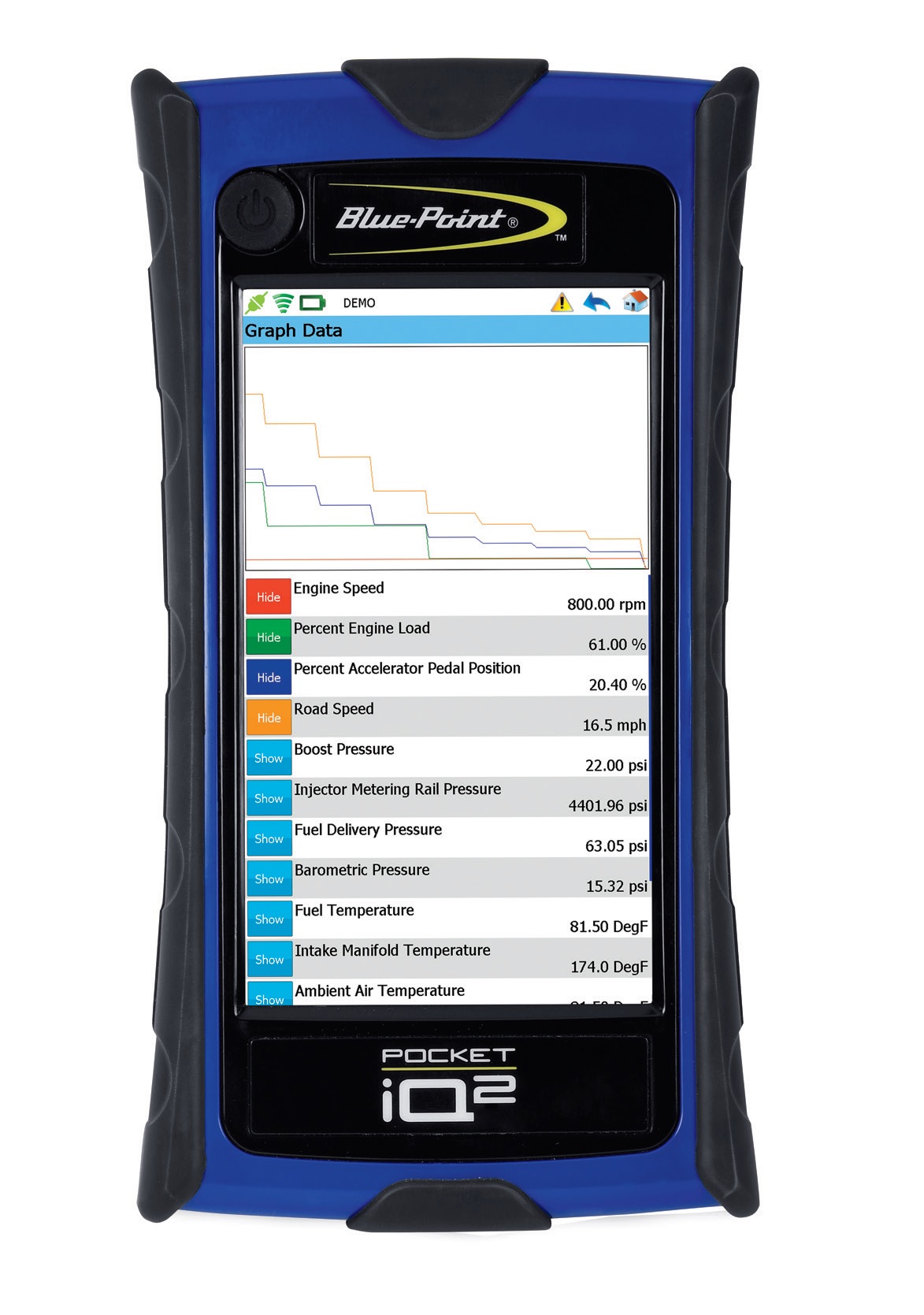

The encapsulated contents are then degraded upon fusion with the lysosome in a process called macroautophagy, hereafter termed autophagy. Sequestration of intracellular components within a double-membrane vesicle, called the autophagosome, provides a clearance mechanism for protein aggregates, damaged organelles, and pathogens. Moreover, DEL hits identified possible vectors for synthesizing fluorescent probes or bivalent molecules for engineering autophagic degradation of specific targets.

DEL libraries, which combine small, fragment-like building blocks into larger scaffolds, yielded higher-affinity binders and revealed an unexpected potential for reversible, covalent ligands. Our findings demonstrate that the malleable LIR-binding surface can be readily targeted by fragments however, rational design of additional interactions to drive increased affinity proved challenging. Both strategies resulted in compounds that bind to LC3, with the fragment hits favoring a conserved hydrophobic pocket in mATG8 proteins, as detailed by LC3A-fragment complex crystal structures. Here we describe unbiased fragment and DNA-encoded library (DEL) screening approaches for discovering LC3 small-molecule ligands. Modulation of interactions of mAtg8 with its target proteins via small-molecule ligands would enable further interrogation of their function. The mAtg8 proteins play essential roles in the formation and maturation of autophagosomes and the capture of specific cargo through binding to the conserved LC3-interacting region (LIR) sequence within target proteins.

In humans, this process is driven by the mammalian Atg8 (mAtg8) family of proteins comprising the LC3 and GABARAP subfamilies. Autophagy-related proteins (Atgs) drive the lysosome-mediated degradation pathway, autophagy, to enable the clearance of dysfunctional cellular components and maintain homeostasis.


 0 kommentar(er)
0 kommentar(er)
